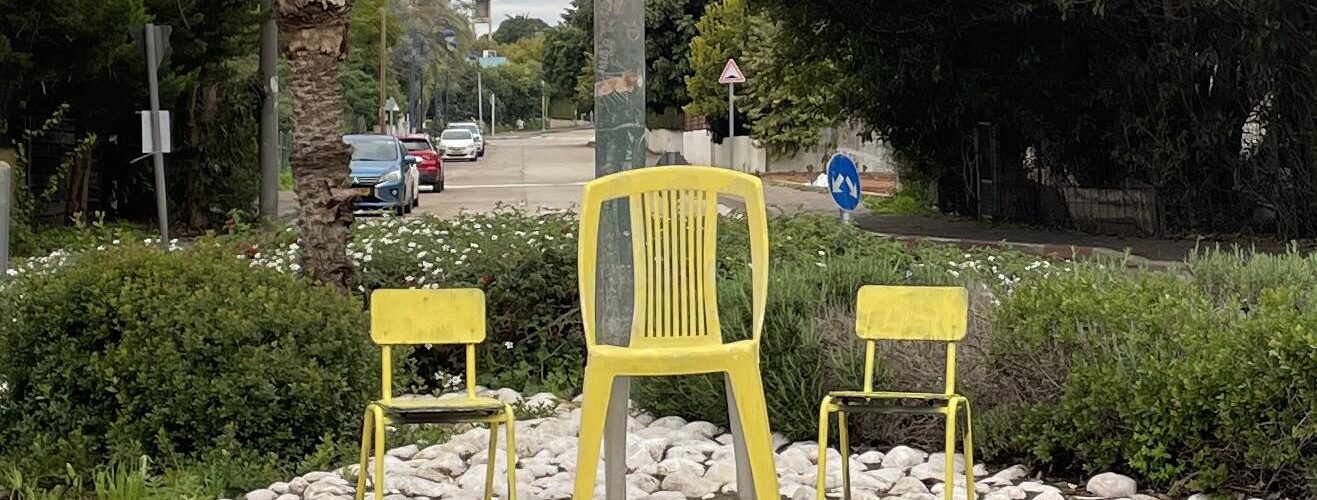My pregnancy with the Little One wasn’t easy by any stretch of the imagination. Once we managed to get past the genetic issues (though until he was actually born and shown to be defect-free, my suspicions never fully abated), I was hit with a number of other problems. There was never any escaping from the fact that my pregnancy was high-risk. All of my prenatal testing was performed by top specialists at Hadassah Hospital, under the careful management of my geneticist, and once my gestational diabetes was diagnosed, I switched from my regular gynecologist to a high-risk gynecologist, who agreed to take me on despite the fact that at the time, she wasn’t taking on new cases. From the 16th week, I found myself working from home, on doctor’s orders
Somehow, we made it to the 39th week, and giving birth proved to be even more fraught with danger than the pregnancy itself, as I lost a tremendous amount of blood and ended up receiving four units each of blood and plasma. At one point, I actually turned white due to the rapid loss of blood, and my husband and I were both convinced that he was going to end up a single parent. There was an anesthesiologist on call, in the event that they might have to rush me into surgery to remove my uterus, and once we got past the crisis several hours later, they gave me an oxygen mask because my oxygen saturation levels were low. In total, I spent more than 26 hours in the delivery room, even though I gave birth just after the 14th hour passed.
While I certainly would never have chosen this path for my pregnancy, I’d be lying if I didn’t tell you that I learned a lot during those nine months.
In a nutshell, here are ten things I learned during the course of my high-risk pregnancy, in random order:
- The disappearance of lactose intolerance is not nearly so exciting when it’s accompanied by the onset of gestational diabetes.
- Being fed long strands of spaghetti while lying flat in a hospital bed after surgery is a really bad idea, even if the person feeding you has steady hands.
- Cerclage is just a fancy French word for “we’re going to take a needle and thread and sew your incompetent cervix shut”.
- The cerclage is put in under general anesthesia. Anesthesia is not used when the cerclage is removed.
- It’s easy to stay on the gestational diabetes diet after hearing about another woman with GD giving birth to a 5 kg baby. At the beginning of the ninth month. The Little One weighed 2.9 kg, and I gained less than 8 kg during the pregnancy.
- Sushi is not allowed. Caviar, on the other hand, is perfectly acceptable.
- Having the option to work from home just because you can is great. Being forced to work from home because you have no other option is not so great.
- The pediatric cardiologist who performed our fetal echocardiogram can also let you know the baby’s gender, especially when it’s umm, rather pronounced. The first thing I said to my husband once we were back in the car was, “so, we learned two things today. One is that our son’s heart is okay, and two is that he’s got a big willy…”
- Being high-risk means never having to ask, “how much will the test cost,” because you get them all for free.
- After being housebound for so long, I can understand why dogs get so excited about the prospect of going for a ride in the car.

Yikes. Glad all those issues are in the past! (Is it too late to give him the nickname “Big Willy”?)
oh, we call him that all the time, don’t you?
I can think of better ways to learn all those 10 things but somehow you got to learn it the hard way 🙂
Well, at least you also got some other “misc” benefit out of it, the little one 😉
Life is what we learn from it.
“Big Willy” LOL
I am so glad everything worked out OK in the end, sounds like you didn’t have the most “fun” pregnancy. Except the cerclage, though- that sounds like a day at the beach!
In Israel you can get the most ridiculously expensive tests for free, with only the slightest pretext.
mother in israel: While you may be right about some cases, I can assure you that this wasn’t the case with me. All the tests that I received for free were given to me due to problems I’d had in previous pregnancies, whether it was spina bifida in one pregnancy or multiple heart defects in another pregnancy, not to mention a slew of other defects found along the way as well (facial defects, esophageal and tracheal defects…). While I’m obviously glad that I was eligible to receive them for free, I’d have paid for them if necessary.
eeek, what an ordeal! I had gestational diabetes, too and a high risk pregnancy but I think I would have been most terrified by worries of genetic defects, etc.
im so sorry that you had to go through this for so long. you are so cheerful and positive, im not surprised that you pulled through it.
btw, sheepish, shameful face inserted here, i updated your blog link 🙂
Wow, I had no idea…sorry you had to go through this.